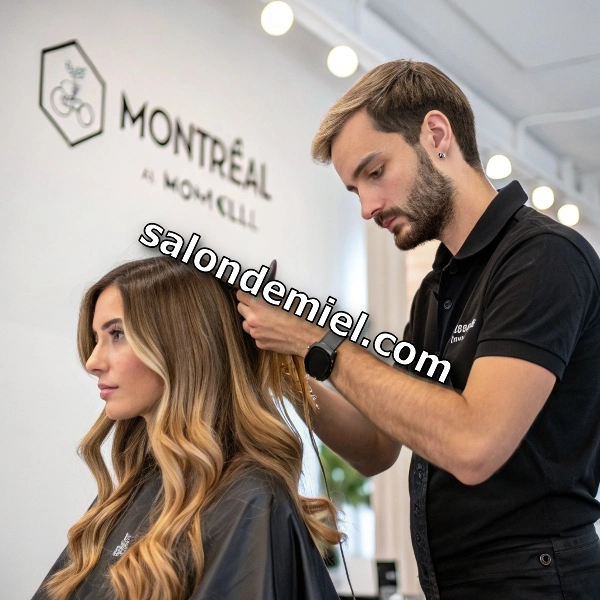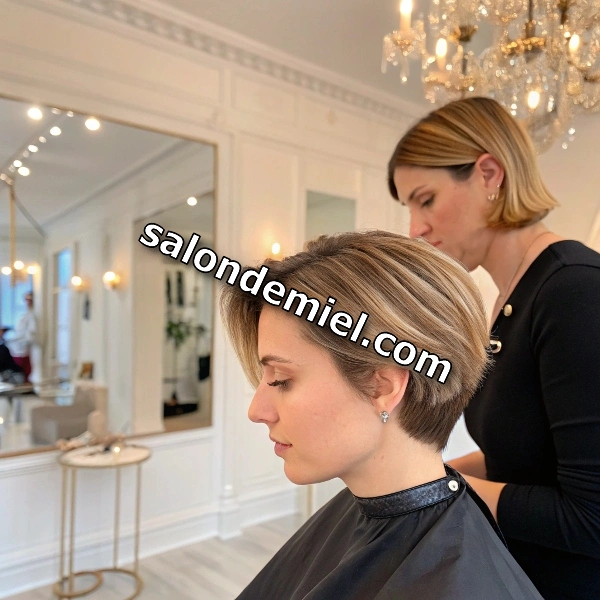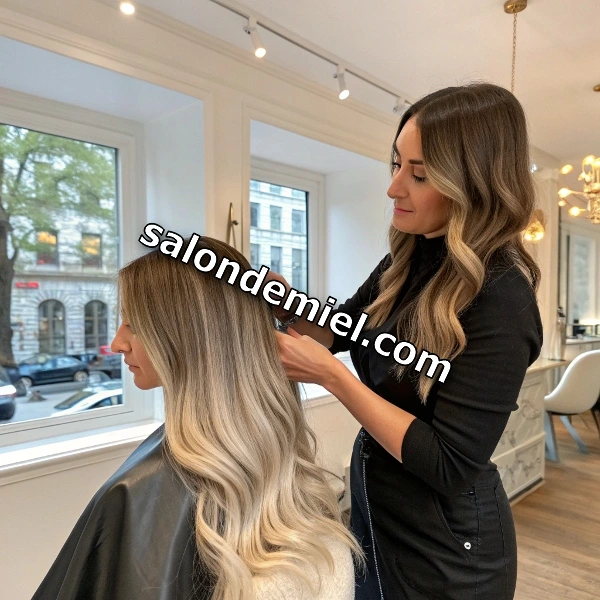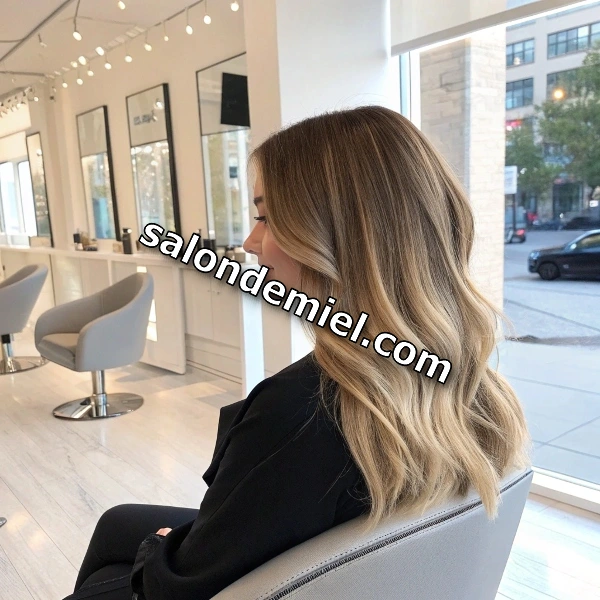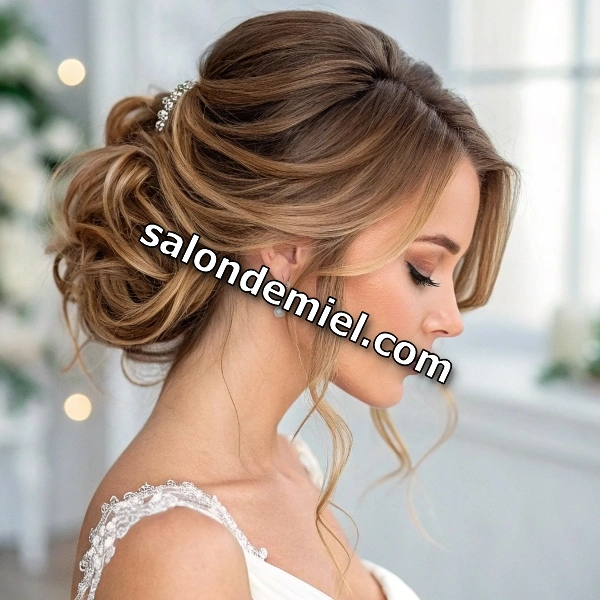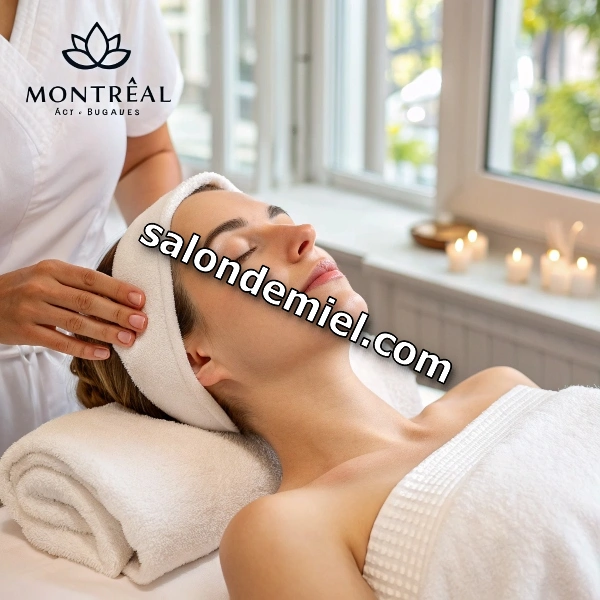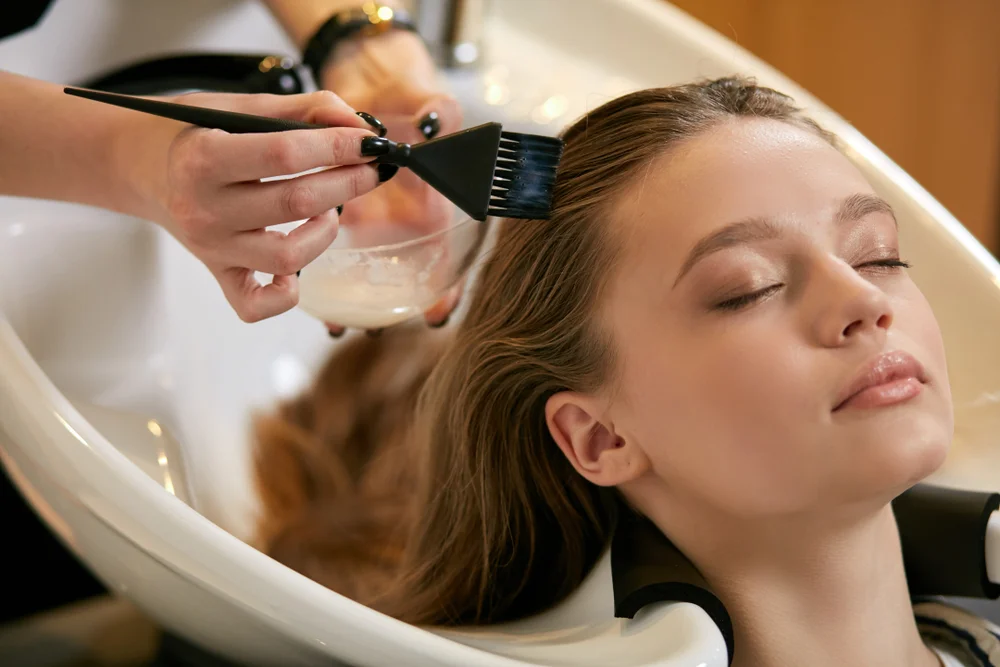The Ultimate Guide to Hair Treatment: Everything You Need to Know
Are you struggling with damaged, dry, or brittle hair? Or perhaps you’re looking for a way to boost your hair’s natural shine and vitality? What exactly is a hair treatment? Are they really effective in repairing hair damage? How often should you treat your hair? What are the best types of hair treatments for different hair types? And finally, how do you ensure that your hair treatment lasts? If you’ve been asking these questions, you’re in the right place! In this guide, we’ll explore everything about hair treatments, from the different types available to how to choose the right one for your hair needs.
Whether you’re a hair care novice or a seasoned pro, this guide will walk you through everything you need to know to give your hair the best care it deserves.
What Is a Hair Treatment?
A hair treatment is a professional or at-home procedure designed to improve the condition of your hair. Hair treatments target a variety of issues, from dryness and frizz to split ends and hair thinning. Depending on the treatment, these procedures can nourish, hydrate, repair, or even protect the hair from future damage.
While most people think of hair treatments as something that only happens at a salon, many treatments are available for home use, allowing you to pamper your hair in the comfort of your own space. The key to choosing the right treatment is understanding your hair’s unique needs.
Different Types of Hair Treatments
There’s a wide variety of hair treatments available, and the type you choose should depend on the specific issues you’re dealing with. Let’s take a closer look at the most popular hair treatments and their benefits.
1. Deep Conditioning Treatments
Deep conditioning treatments are one of the most common and effective ways to restore moisture and vitality to dry or damaged hair. These treatments typically involve applying a rich, nourishing product to your hair and leaving it on for a longer period of time—anywhere from 15 to 30 minutes or even overnight.
Deep conditioning helps repair the inner structure of your hair by infusing it with moisture and nutrients. It’s especially beneficial for those with dry, brittle, or chemically treated hair.
Most deep conditioners contain ingredients like shea butter, coconut oil, or keratin that deeply penetrate the hair shaft, giving your hair the nourishment it needs to look shiny and healthy again.
2. Protein Treatments
Protein treatments are specifically designed to repair and strengthen damaged hair. Hair is made primarily of keratin, a type of protein, and when your hair becomes weak or damaged, it can benefit from a boost of this essential nutrient. Protein treatments work by replenishing the keratin in your hair, which helps to restore its strength and elasticity.
These treatments are especially helpful for people who have over-processed or chemically treated hair, such as those who dye or bleach their hair regularly. However, it’s important to use protein treatments in moderation because too much protein can make your hair stiff and brittle.
3. Scalp Treatments
Your hair’s health starts at the scalp. Scalp treatments are designed to target issues like dryness, dandruff, and excess oil production, which can affect hair growth and quality. Many scalp treatments contain ingredients like tea tree oil, salicylic acid, or peppermint oil to cleanse the scalp, remove buildup, and promote healthy hair growth.
Regular scalp treatments can stimulate circulation in the scalp, ensuring that hair follicles receive the nutrients they need to grow strong, healthy hair. If you suffer from scalp conditions like dandruff or itching, a specialized scalp treatment might be exactly what you need.
4. Hot Oil Treatments
Hot oil treatments are another great option for those looking to nourish dry hair. This treatment involves applying warm oils, such as argan oil, olive oil, or jojoba oil, to the hair and scalp. The heat helps the oil to penetrate more deeply, providing intense hydration and restoring the natural oils your hair may have lost due to environmental damage or styling.
Hot oil treatments can leave your hair feeling softer, shinier, and more manageable. These treatments are especially beneficial for people with curly or textured hair, which can often be more prone to dryness and frizz.
5. Leave-In Treatments
Leave-in treatments are designed to be applied to your hair after washing, and unlike deep conditioning or hot oil treatments, they don’t need to be rinsed out. Leave-in conditioners are ideal for providing ongoing moisture, detangling, and protecting your hair throughout the day.
These treatments are often lighter than regular conditioners, making them suitable for people with fine or oily hair who want to avoid heavy products that might weigh down their hair. Many leave-in treatments also contain heat protectants, making them a great addition to your hair care routine if you regularly use styling tools.
How to Choose the Right Hair Treatment for Your Hair
Choosing the right hair treatment can be overwhelming with so many options available. Here are some tips to help you find the best treatment based on your specific hair needs.
1. Identify Your Hair Type
The first step in choosing a hair treatment is understanding your hair type. Is your hair dry or oily? Curly or straight? Fine or thick? The answer to these questions will help you determine which treatment is best for you. For example, if you have dry or curly hair, a deep conditioning or hot oil treatment might be ideal. On the other hand, if you have fine or oily hair, a lighter leave-in treatment may work better.
2. Assess the Damage
If you’re dealing with damaged hair, such as split ends or breakage, a protein treatment might be your best bet. If your hair is simply dry or frizzy, a moisturizing treatment could be the solution. Understanding the type and extent of the damage will help you choose a treatment that addresses your specific concerns.
3. Consider Your Lifestyle
Some hair treatments require more time and effort than others. For example, a deep conditioning mask might take 20–30 minutes to apply, while a leave-in treatment can be quickly applied after washing your hair. If you’re short on time, a leave-in conditioner or a quick scalp treatment might be more suitable for your lifestyle.
4. Choose High-Quality Products
When it comes to hair treatments, quality matters. Look for products that contain nourishing, natural ingredients like oils, vitamins, and proteins. Avoid treatments with harsh chemicals that can cause further damage to your hair.
How Often Should You Do a Hair Treatment?
The frequency of your hair treatments depends on your hair type, condition, and the treatment you’re using. As a general rule of thumb:
- For deep conditioning or moisturizing treatments, 1–2 times per week is usually enough.
- Protein treatments should be used sparingly, about once a month, to avoid overloading the hair with protein.
- Scalp treatments can be done 1–2 times per week, depending on the scalp condition.
- Hot oil treatments can be done once a week or as needed for extra moisture.
It’s important to listen to your hair. If your hair feels weighed down or greasy after a treatment, you may be overdoing it. On the other hand, if your hair still feels dry or brittle, you may need to increase the frequency of your treatments.
Conclusion
In conclusion, hair treatments are essential for maintaining the health and beauty of your hair. Whether you’re trying to repair damage, restore moisture, or enhance shine, there’s a treatment for every hair need. The key to effective hair care is choosing the right treatment for your hair type and condition, and using it regularly for the best results. Remember, healthy hair doesn’t happen overnight, but with the right care, your hair can be transformed into a shining example of beauty and vitality.
FAQs:
- How long does it take for a hair treatment to show results? Most hair treatments will show visible results after a few uses, but for permanent results, it may take a few weeks of consistent use.
- Can hair treatments repair split ends? Hair treatments can help minimize the appearance of split ends, but the only way to truly repair split ends is by trimming them.
- Are hair treatments safe for all hair types? Yes, hair treatments are safe for all hair types, but it’s important to choose a treatment that’s suited for your hair’s specific needs.
- Can I do hair treatments at home? Absolutely! Many hair treatments, such as deep conditioning, hot oil, and leave-in treatments, can easily be done at home with the right products.
- How can I prevent my hair from getting damaged in the future? Protect your hair by using heat protectants, avoiding over-processing, getting regular trims, and treating your hair to a nourishing treatment every week.

